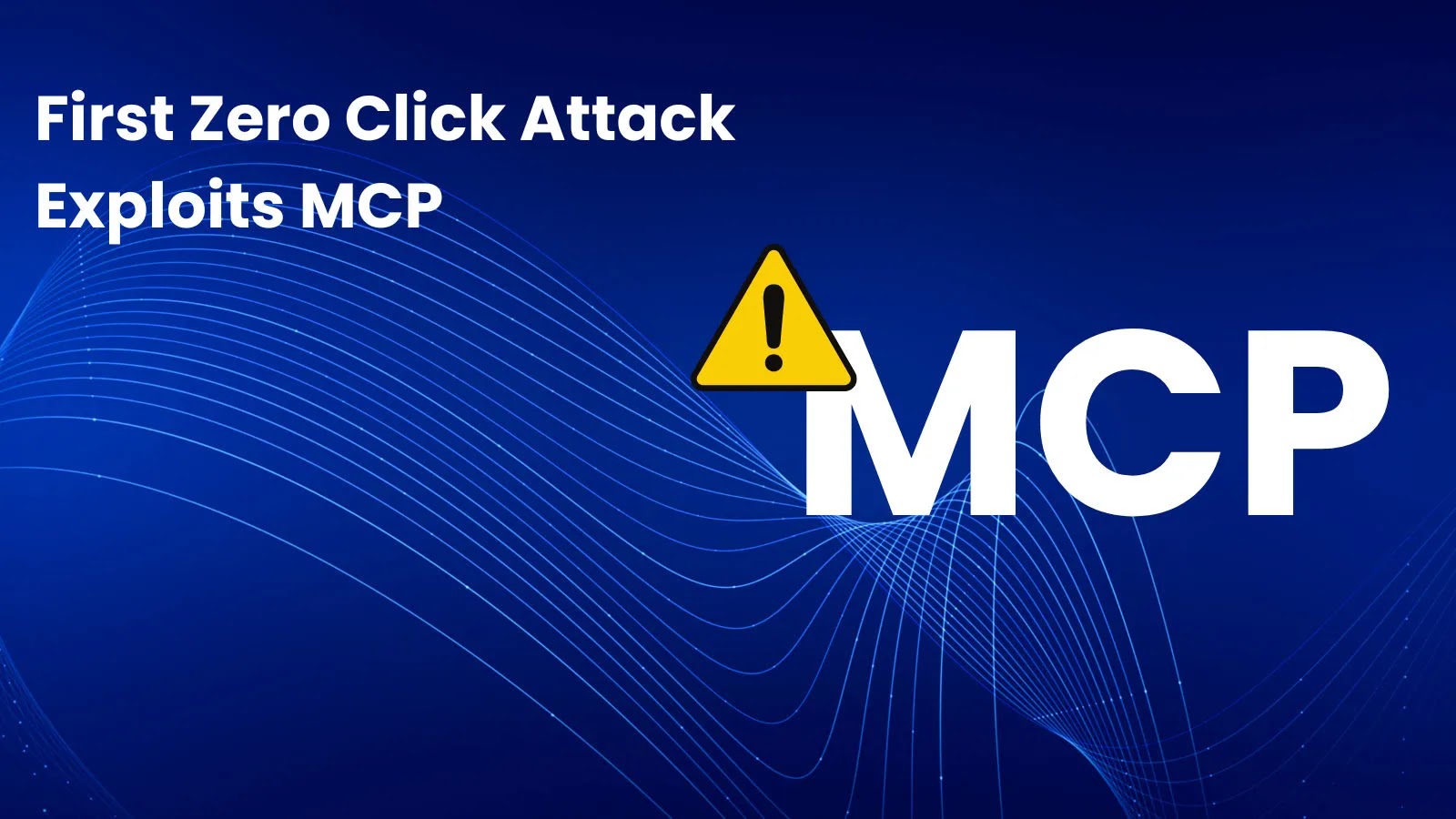A critical security vulnerability has been identified in NetApp’s SnapCenter Server, potentially allowing authenticated users to escalate their privileges to administrative levels on remote systems where SnapCenter plug-ins are installed. This flaw poses significant risks to organizational data and infrastructure security.
Vulnerability Overview
The vulnerability, designated as CVE-2025-26512, has been assigned a CVSS (Common Vulnerability Scoring System) score of 9.9, indicating its critical severity. NetApp’s security advisory, released on March 24, 2025, details this privilege escalation issue affecting SnapCenter versions prior to 6.0.1P1 and 6.1P1. The advisory states:
“SnapCenter versions prior to 6.0.1P1 and 6.1P1 are susceptible to a vulnerability which may allow an authenticated SnapCenter Server user to become an admin user on a remote system where a SnapCenter plug-in has been installed.”
Technical Details
The vulnerability allows an authenticated user with low-level privileges on the SnapCenter Server to escalate their access rights to administrative levels on remote systems that have the SnapCenter plug-in installed. This escalation could lead to:
– Complete System Compromise: Attackers could gain full control over affected systems, enabling them to execute arbitrary commands, install malicious software, or disrupt services.
– Unauthorized Data Access and Theft: With administrative privileges, attackers could access sensitive data, leading to potential data breaches and loss of confidential information.
– System Modifications Without Authorization: Attackers could alter system configurations, disable security measures, or create backdoors for persistent access.
– Lateral Movement Within the Network: Gaining administrative access on one system could allow attackers to move laterally across the network, compromising additional systems and expanding their control.
Affected Products
The vulnerability affects the following SnapCenter versions:
– SnapCenter versions prior to 6.0.1P1
– SnapCenter versions prior to 6.1P1
Mitigation Steps
NetApp has provided software fixes to address this vulnerability. Organizations using affected SnapCenter versions should take immediate action by:
1. Upgrading to Patched Versions: Update SnapCenter to versions 6.0.1P1 or 6.1P1, which contain fixes for this vulnerability.
2. Implementing Strict Access Controls: Restrict access to the SnapCenter Server to authorized personnel only, minimizing the risk of exploitation.
3. Monitoring for Suspicious Activities: Regularly review administrative activities and system logs for any unauthorized actions or anomalies.
4. Conducting Security Audits: Perform thorough security assessments of systems with SnapCenter plug-ins to identify and remediate potential vulnerabilities.
5. Limiting Network Access: Ensure that network access to the SnapCenter Server is restricted to trusted networks, reducing exposure to potential attackers.
Potential Impact
Successful exploitation of this vulnerability could have severe consequences for organizations, including:
– Data Breaches: Unauthorized access to sensitive information could lead to data leaks, regulatory penalties, and loss of customer trust.
– Operational Disruption: System compromises could result in downtime, affecting business operations and service delivery.
– Financial Loss: Addressing security incidents and potential legal liabilities could incur significant costs.
Previous Vulnerabilities in SnapCenter
This is not the first time SnapCenter has been found to have critical vulnerabilities. For instance, CVE-2024-21987 allowed authenticated users to modify system logging configurations, potentially leading to sensitive information disclosure or data modification. Additionally, CVE-2024-21993 exposed plaintext credentials to authenticated attackers, further highlighting the importance of timely updates and vigilant security practices.
Conclusion
Given the critical nature of CVE-2025-26512, organizations utilizing NetApp SnapCenter should prioritize applying the provided patches and implementing the recommended security measures. Proactive steps are essential to safeguard systems against potential exploitation and to maintain the integrity and security of organizational data and infrastructure.



